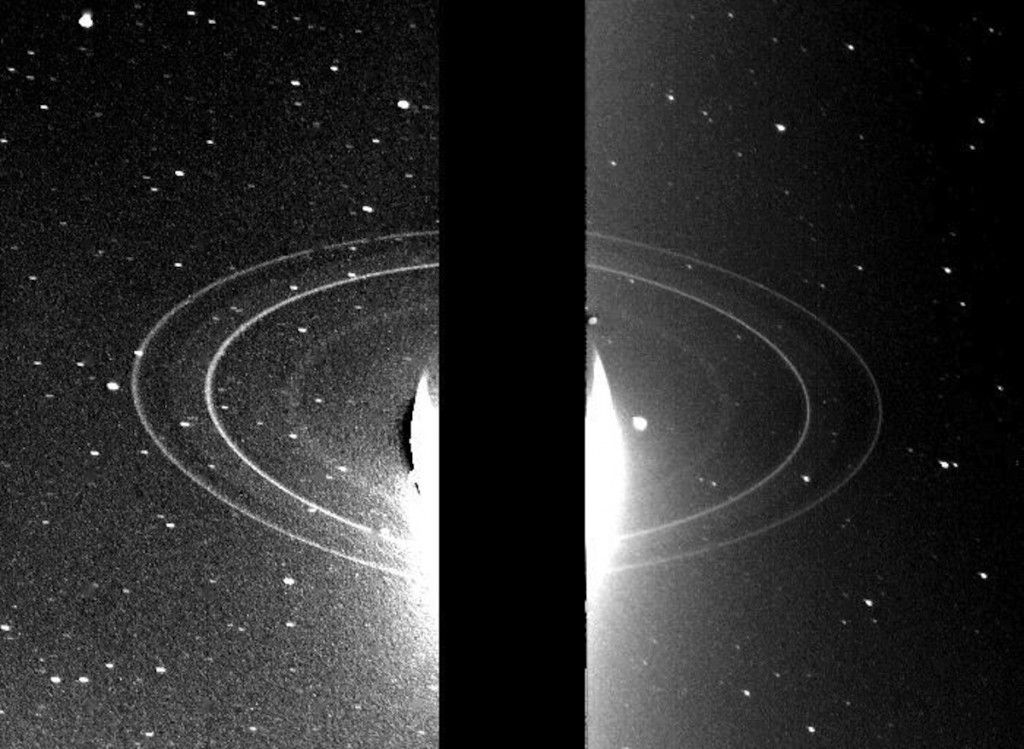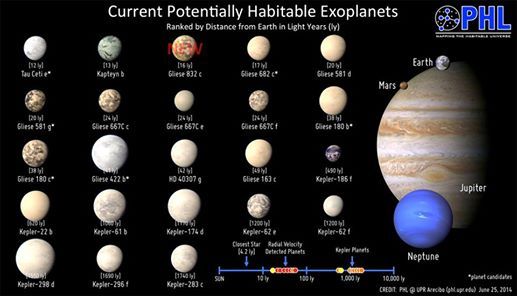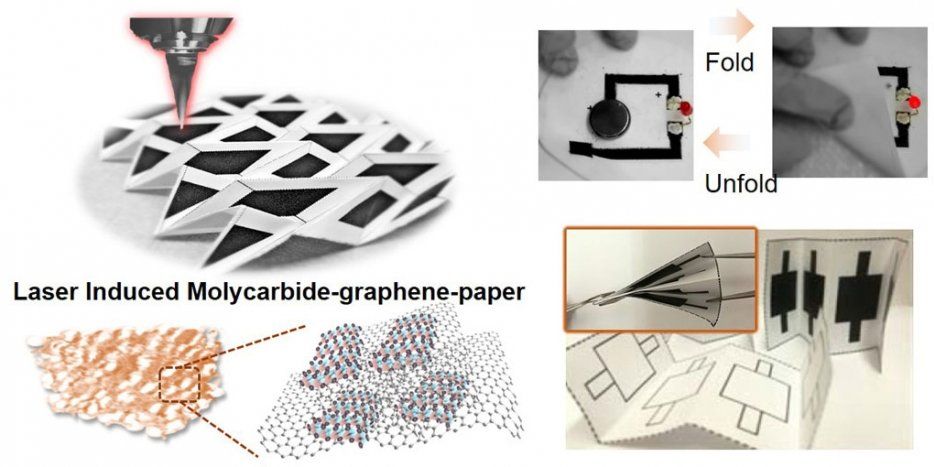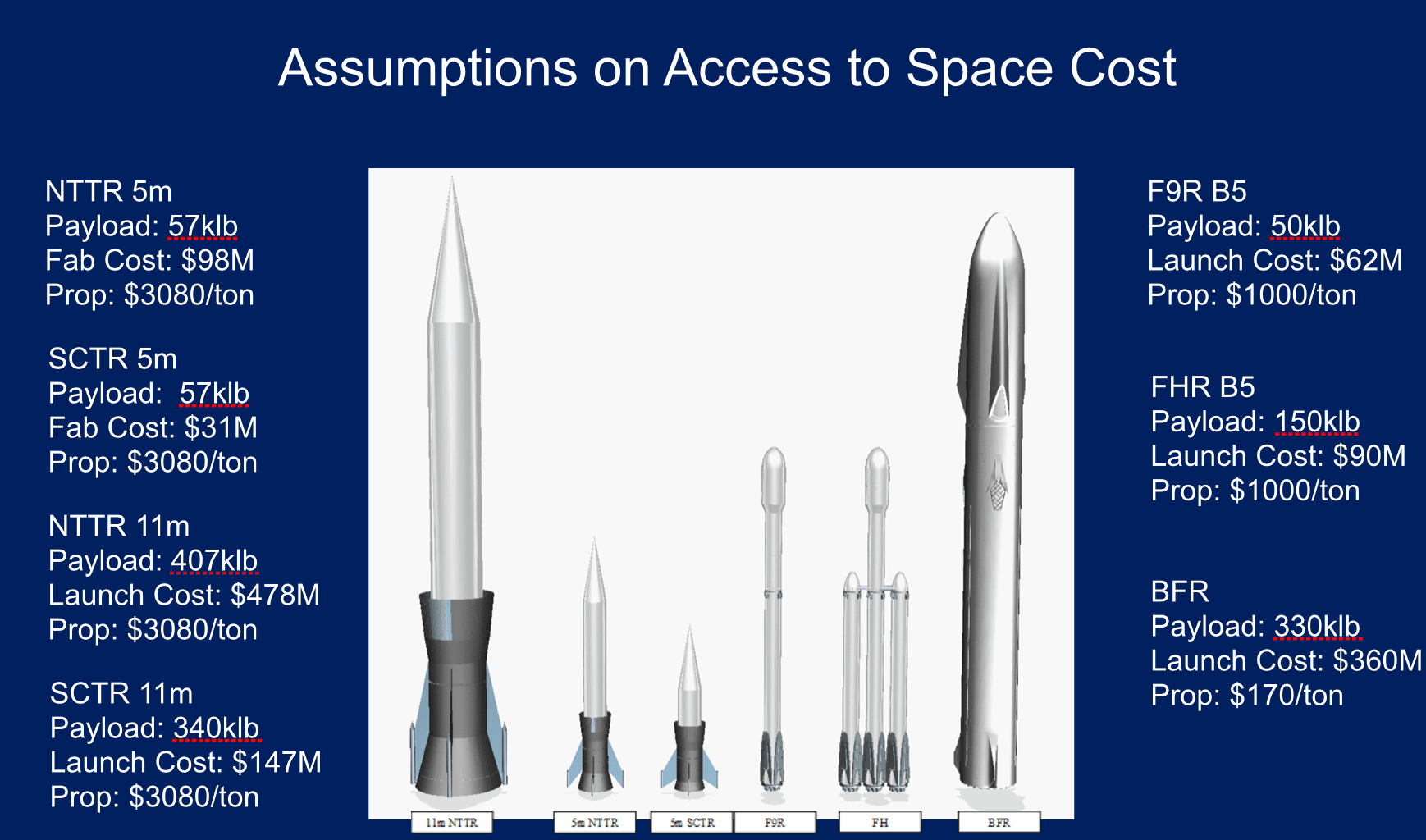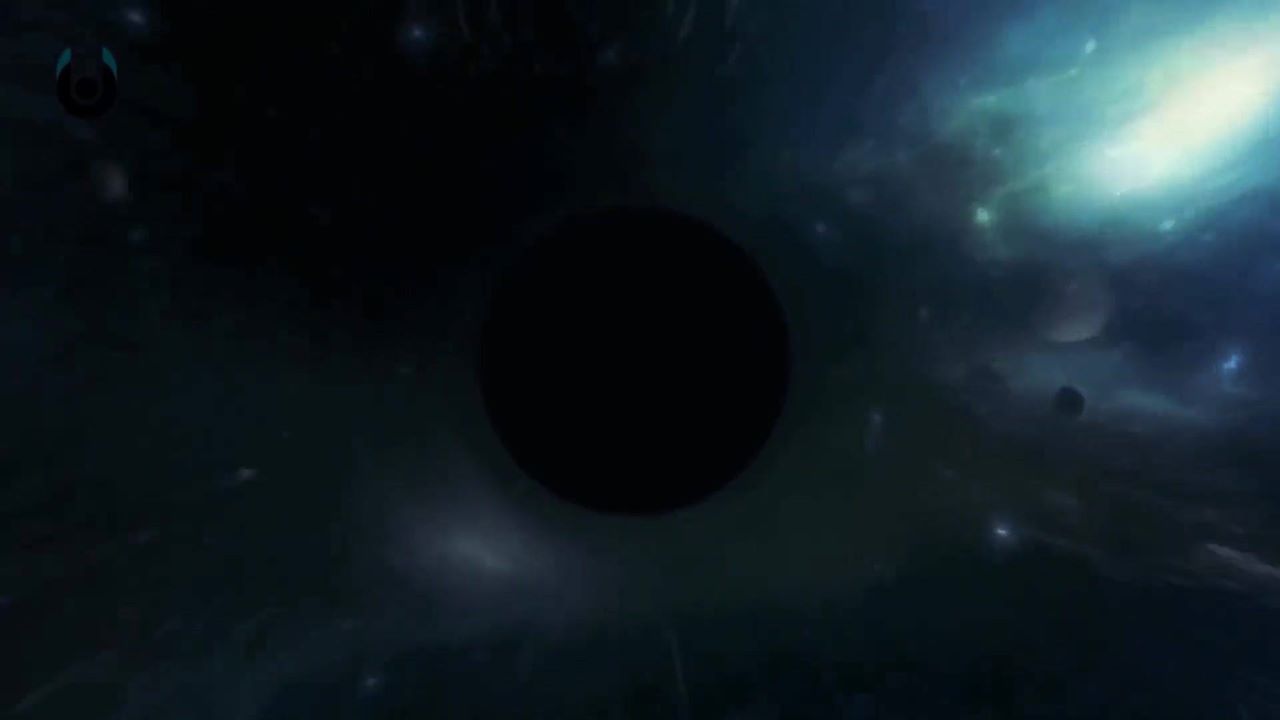With millions of cameras and billions of lines of code, China is building a high-tech authoritarian future. Beijing is embracing technologies like facial recognition and artificial intelligence to identify and track 1.4 billion people. It wants to assemble a vast and unprecedented national surveillance system, with crucial help from its thriving technology industry.
Beijing is putting billions of dollars behind facial recognition and other technologies to track and control its citizens.
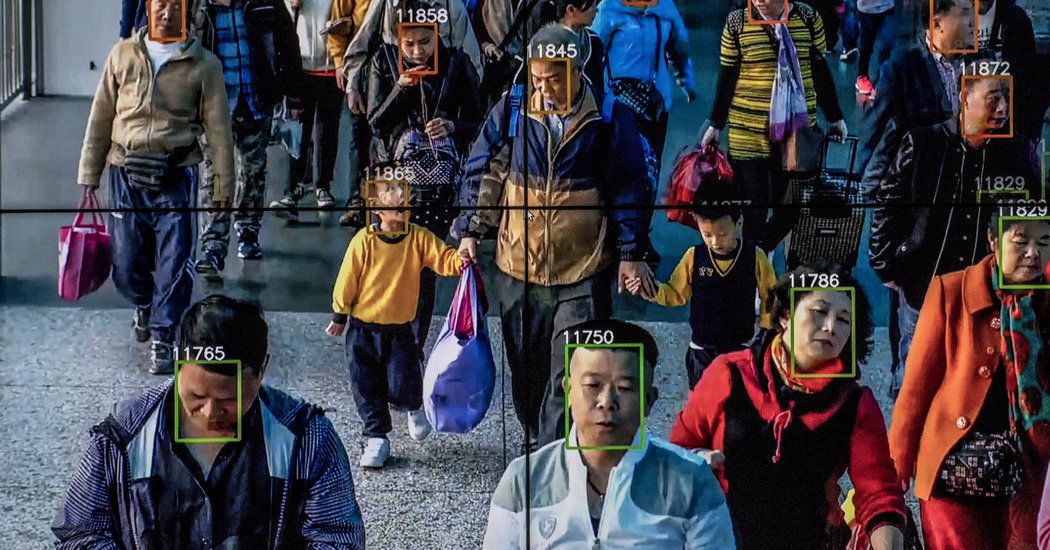
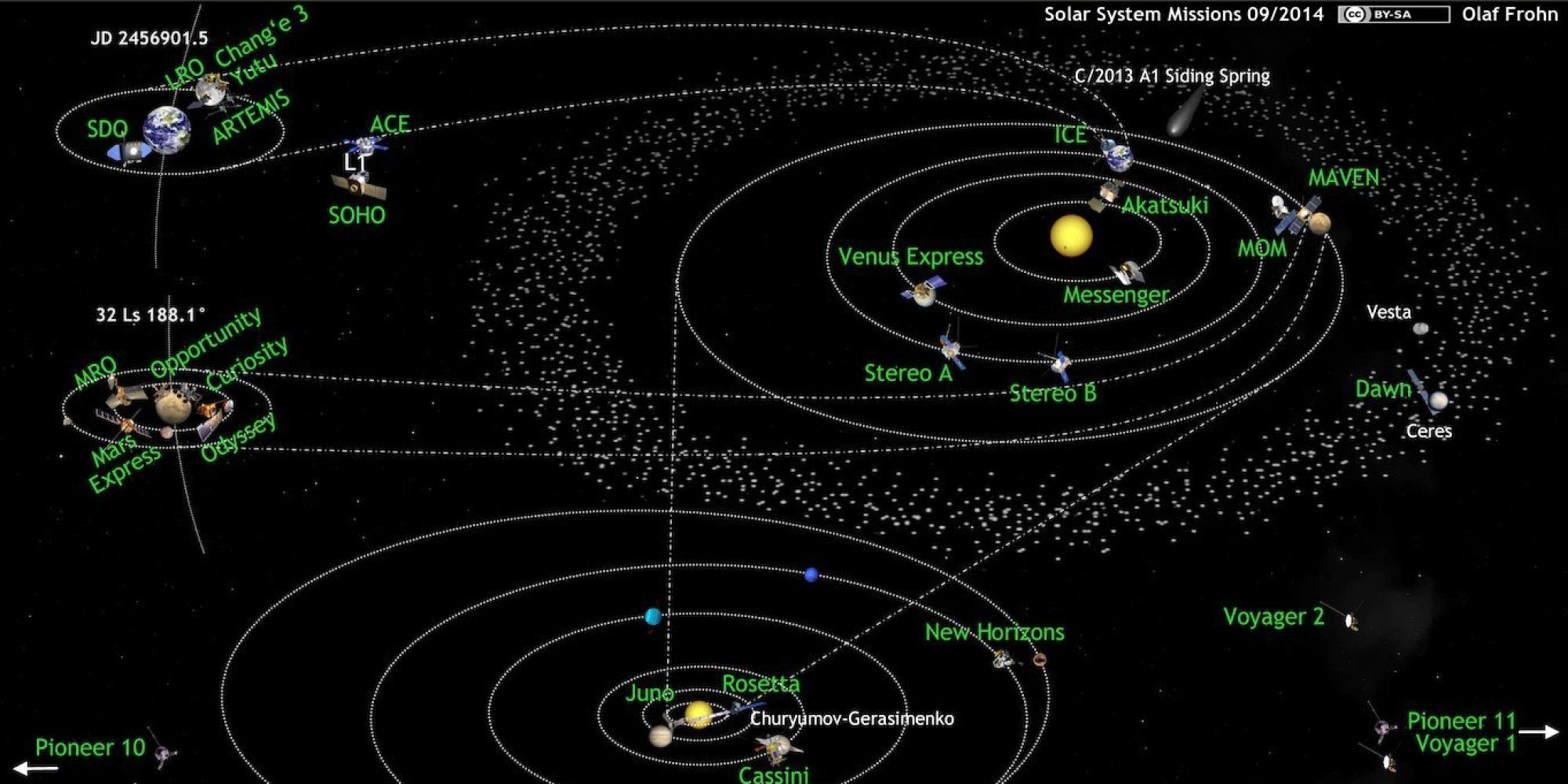
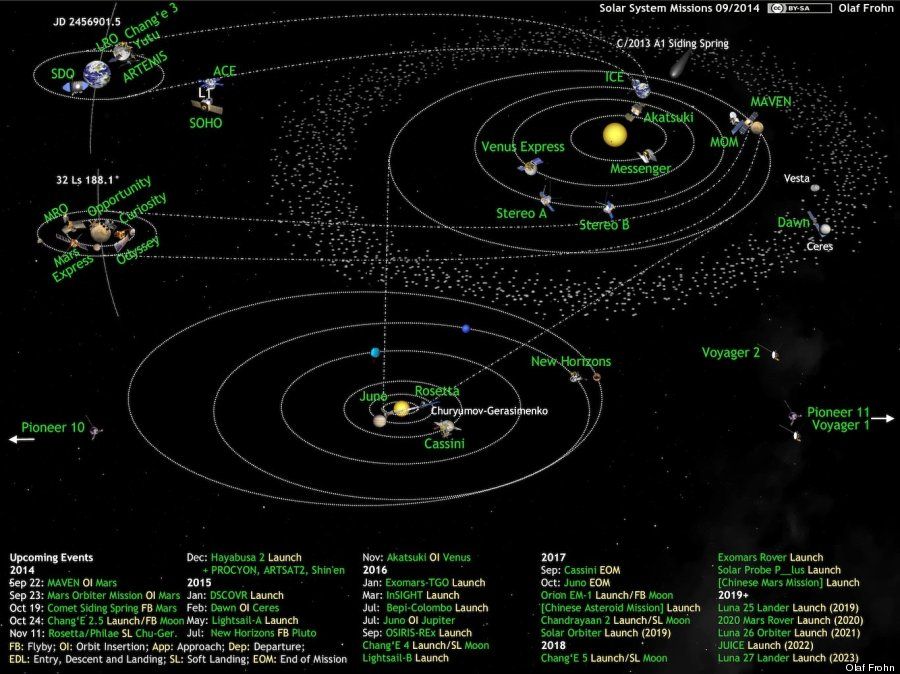 A diagram, updated once a month, of active space missions beyond Earth orbit.
A diagram, updated once a month, of active space missions beyond Earth orbit.